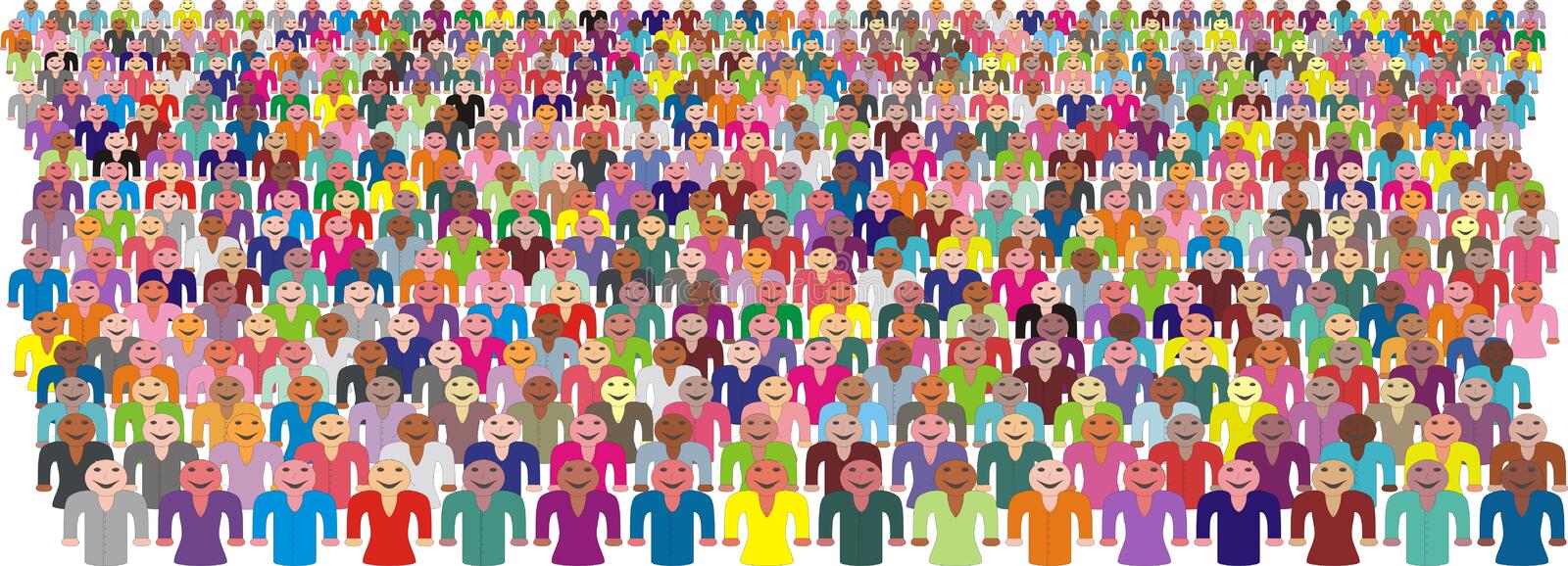Welcome to our guide on sickle cell anemia! It’s important to have a clear understanding of the different types of this condition and how they can affect individuals. Let’s break it down together in a friendly and informative way.
Sickle cell anemia is a genetic disorder that affects the shape and function of red blood cells. The most common type is Hemoglobin SS (HbSS), also known as Sickle Cell Disease. It can cause a range of symptoms, including pain episodes, fatigue, anemia, and an increased risk of infections. By understanding the challenges faced by individuals with HbSS, we can offer them the support they need to navigate daily life.

Another type is Hemoglobin SC (HbSC) disease. People with HbSC may experience milder symptoms compared to HbSS, but it’s still important to acknowledge the impact it can have on their well-being. Regular medical care and monitoring are necessary to manage symptoms effectively and ensure their overall health.
Hemoglobin S-beta thalassemia (HbSβ thalassemia) is another form of sickle cell anemia. It occurs when an individual inherits a gene for sickle hemoglobin and a gene for beta thalassemia. The severity of symptoms can vary, and medical management is key to addressing any complications that may arise.
Understanding the different types of sickle cell anemia helps us appreciate the unique experiences and challenges faced by individuals with this condition. It’s crucial to create a supportive and inclusive environment that ensures they have access to healthcare resources and emotional support.
By raising awareness and educating others about sickle cell anemia, we can break down misconceptions and reduce stigma. Together, we can promote a better understanding of the condition and work towards improving the lives of those affected.
Remember, knowledge is power! By understanding the different types of sickle cell anemia and their impact, we can provide support, empathy, and solidarity to individuals and families navigating this condition
Also read article : The Power of Numbers: How Population Trends Shape Our Health


